Telegram is a fast and secure messaging app used by over 500 million monthly users. The platform has many available features, such as providing support for all your devices, which you can seamlessly sync, and a 2 GB allocation for each device to give you the best messaging experience possible.
One of its key features is its commitment to privacy and security, with end-to-end encryption and the ability to self-destruct messages. A great way to add another layer of security would be having a VPN or installing a proxy server. Another essential tool to maintain your privacy and security online is by using web scraping techniques, which can help you access and analyze data from various sources without leaving any trace.
There are three types of proxy available for use with Telegram: SOCKS5, HTTP, and MTProto. You can choose to change which Telegram proxy you want to use, or, you can just adopt your system’s proxy settings which is its default setting.
Here are the pros and cons of each type of proxy for use with Telegram:
SOCKS5 Proxy
Pros:
- • Good for bypassing firewalls and censorship
- • Supports UDP traffic, which can improve performance for certain types of applications
- • Can be used for both TCP and UDP traffic
Cons:
- • Does not support encryption on its own
- • Authentication is optional, making it potentially less secure than other types of proxies
- • Some applications may not work properly with SOCKS5
HTTP Proxy:
Pros:
- • Widely supported by applications and devices
- • Can be used for both HTTP and HTTPS traffic
- • Supports authentication and encryption
Cons:
- • Can be less efficient than SOCKS5 for certain types of traffic
- • May not work well with applications that require bidirectional communication
- • Can be blocked by some firewalls or censorship regimes
MTProto Proxy:
Pros
- • Developed specifically for Telegram, making it highly compatible
- • Supports end-to-end encryption for traffic, providing a high level of security
- • Optimized for speed and low latency
Cons
- • Requires a more complex setup process than SOCKS5 or HTTP
- • Only works with Telegram, so it cannot be used for other applications
- • Authentication can be more complicated than with other types of proxies
Ultimately, choosing which type of proxy to use will depend on your individual needs and preferences. With that said, let’s set it up.
How To Create Proxy For Telegram
For Windows, Linux, and MacOS
Step 1. Open Telegram and click on the three vertical lines at the top left of it.
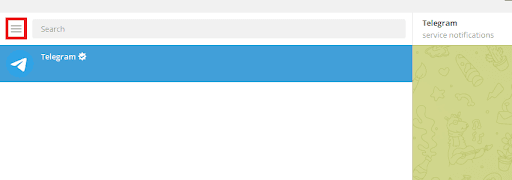
Step 2. On Telegram’s menu, select Settings.
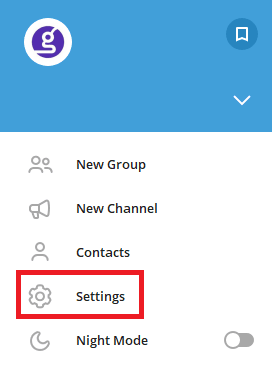
Step 3. On the pop-up window, click on Advanced.
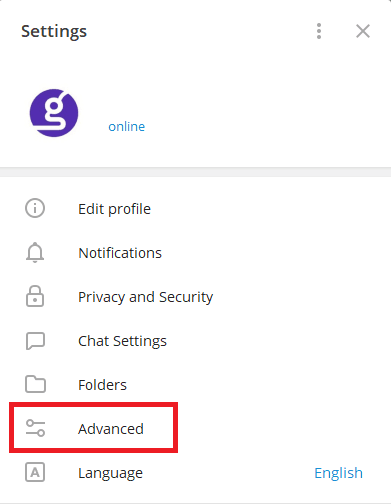
Step 4. On the advanced settings, click on Connection Type.
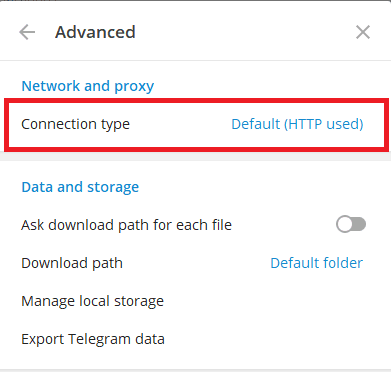
Step 5. You can either select Use Custom Proxy or Add Proxy.
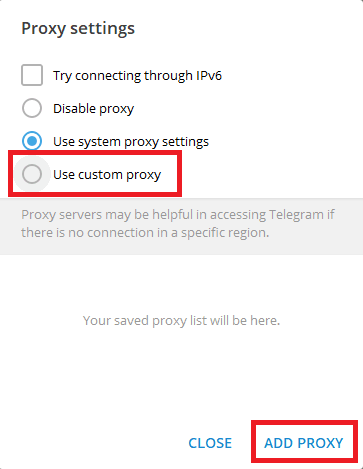
You are now given the option to use which Telegram proxy you want to use.
This should then redirect you to your system’s proxy settings. Below is a detailed description of how to configure it.
If you select a SOCKS5 or HTTP proxy (their processes are the same), then:
- Enter your Hostname or IP address, and its Port number.
- If your network administrator or service provider states that you should enter your login credentials here, input them here.
- Click Save if you’re finished.
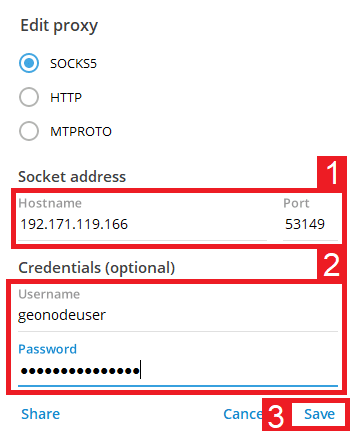
If you chose a MTProto proxy, then:
- Enter your Hostname or IP address, and it’s Port number.
- Input your Secret credentials.
- Click Save if you’re finished.
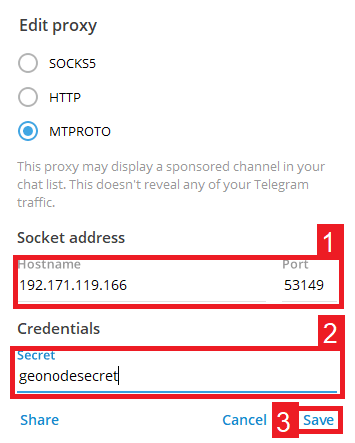
Congratulations! You have now finished your configuration for your Telegram proxy server on your computer. A reminder that your Telegram proxy is online when it says connected at the bottom of it.
For Android
Step 1. Open Telegram and click on the three vertical lines at the top left of it.
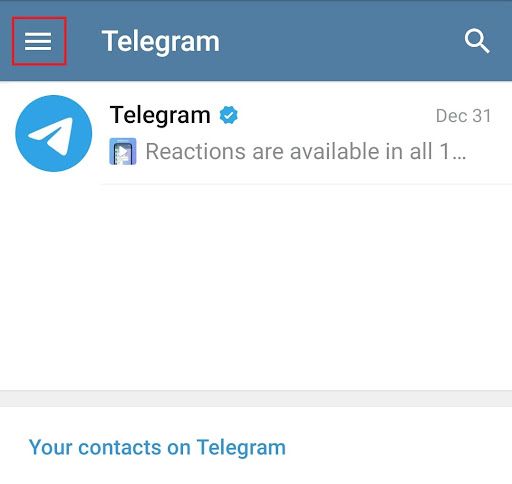
Step 2. On its menu, select Settings.
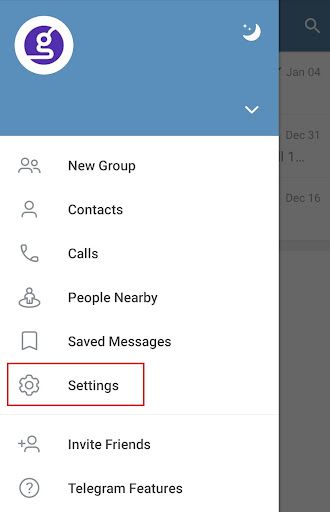
Step 3. Select Data and Storage
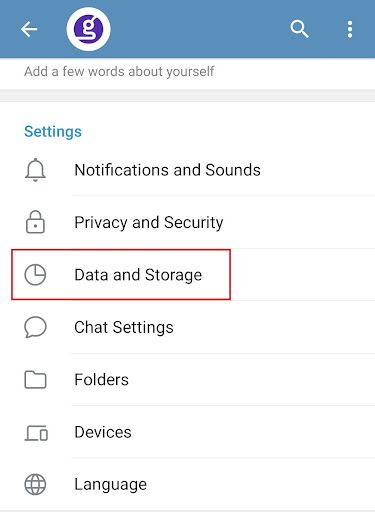
Step 4. Scroll down until you see Proxy and then click on Proxy Settings.
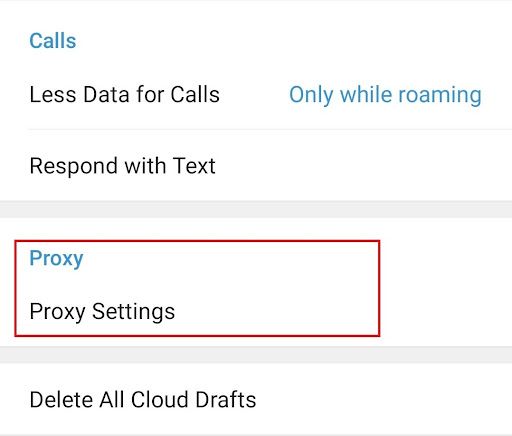
Step 5. You can either turn on Use Proxy or click on Add Proxy.
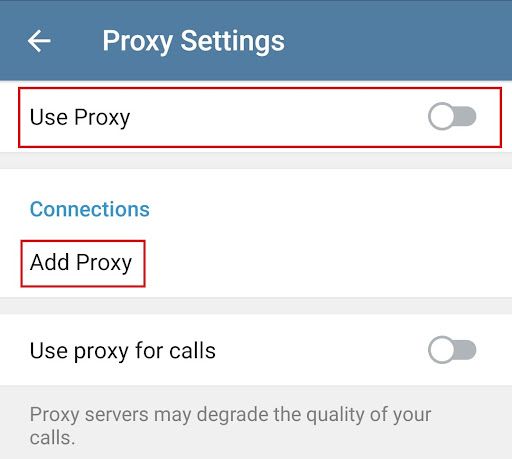
Note: Don’t forget to turn on Use proxy for calls
You are now given the option to use which Telegram proxy you want to use. Unlike the computer version, you only have the SOCKS5 proxy and MTProto proxy to choose from.
If you chose SOCKS5 proxy, then:
- Enter your Hostname or IP address.
- Input your Port number.
- Enter your Login Credentials.
- Click the checkmark to save.
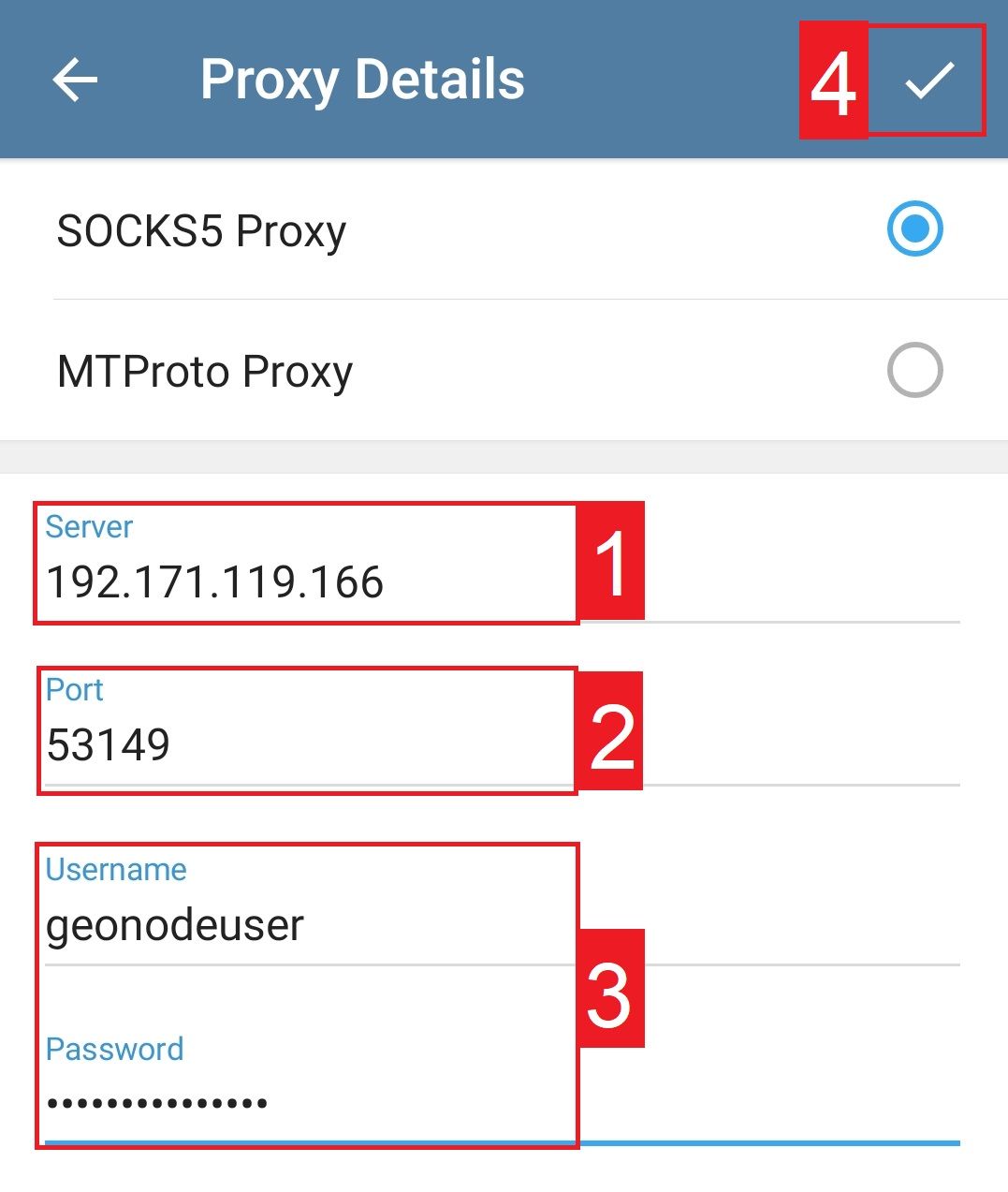
If you selected MTProto Proxy, then:
- Enter your Hostname or IP address.
- Input your Port number.
- Enter your Secret Credentials.
- Click the checkmark to save.
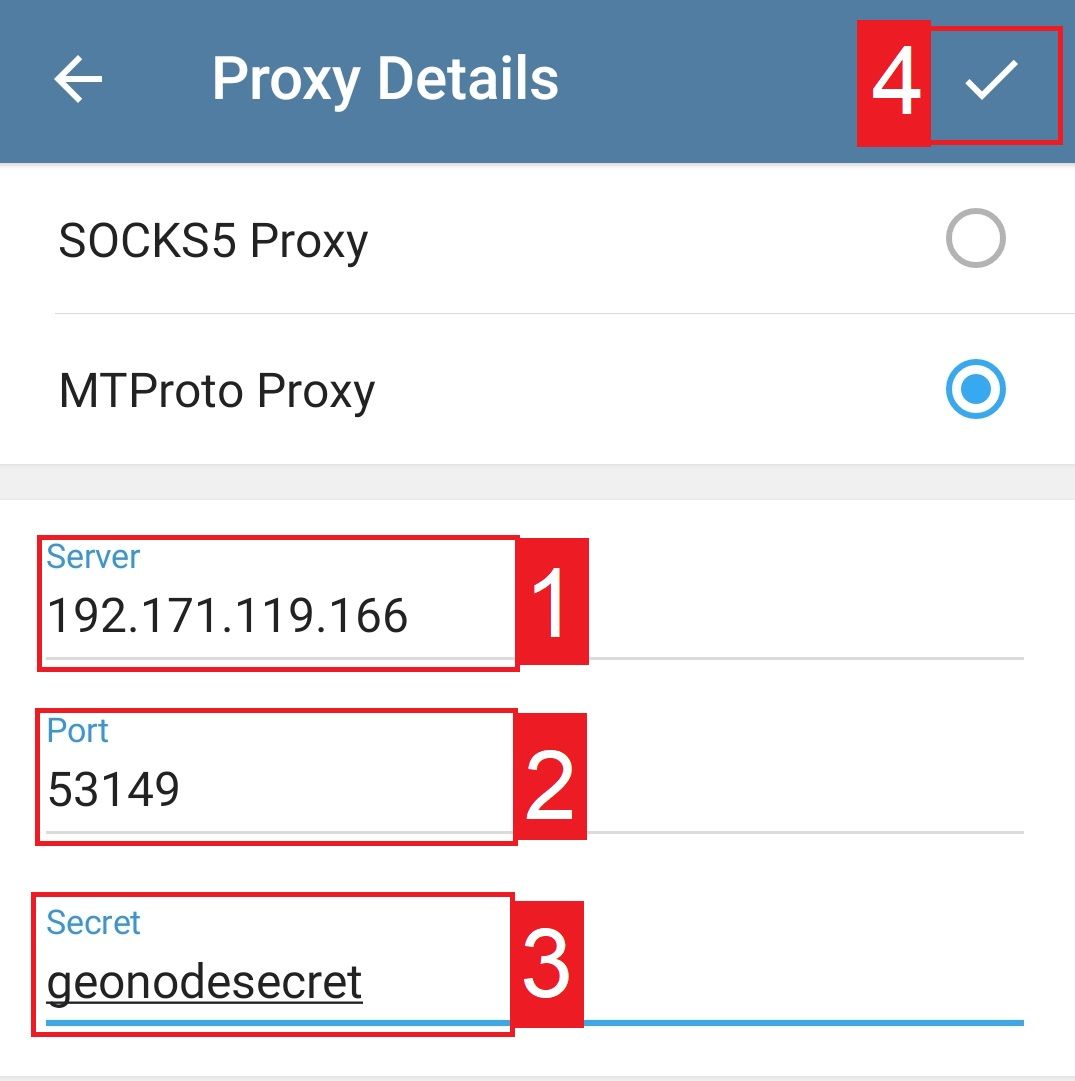
Congratulations! You have now finished your configuration for your Telegram proxy server on your Android Device. A reminder that your Telegram proxy is online when it says connected at the bottom of it.
For iPhone and iPad
Step 1. Open the Telegram app and click on Settings
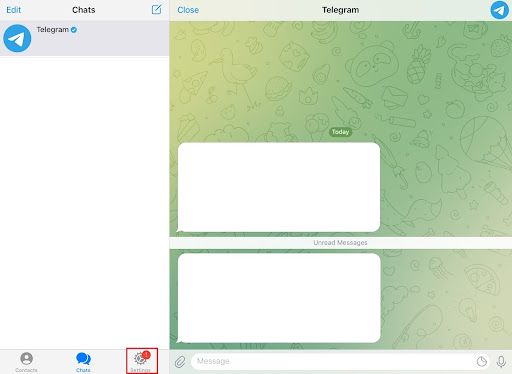
Step 2. Select Data and Storage and then scroll down until you find Proxy.
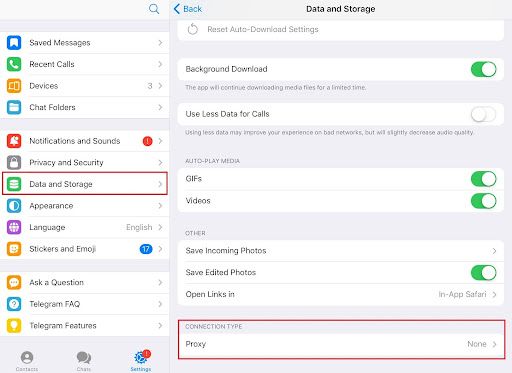
Step 3. On the pop-up window, you can either turn on Use Proxy or click on Add Proxy.
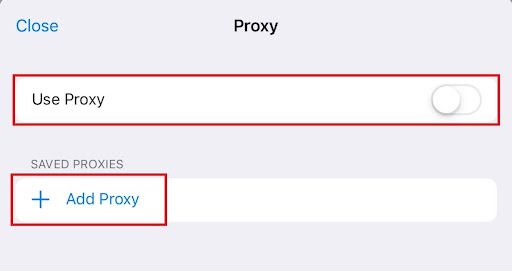
You are now given the option to use which type of proxy you want to use. You only have SOCKS5 proxy and MTProto proxy to choose from, just like Android.
If you chose SOCKS5 proxy, then:
- Enter your Hostname or IP address.
- If your network administrator or service provider states that you should enter your login credentials here, input it here.
- Click Done if you’re finished.
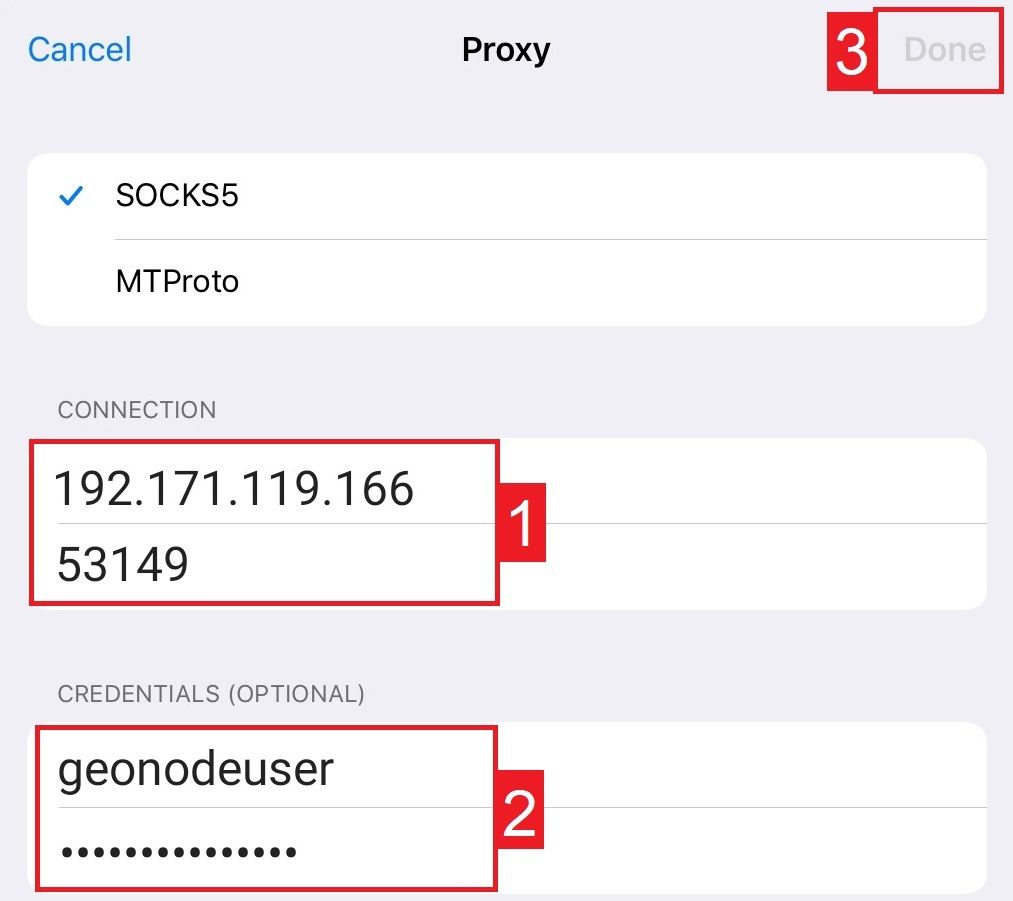
If you selected MTProto Proxy, then:
- Enter your Hostname or IP address, and the Port number.
- Enter your Secret Credentials.
- Click Done to save.
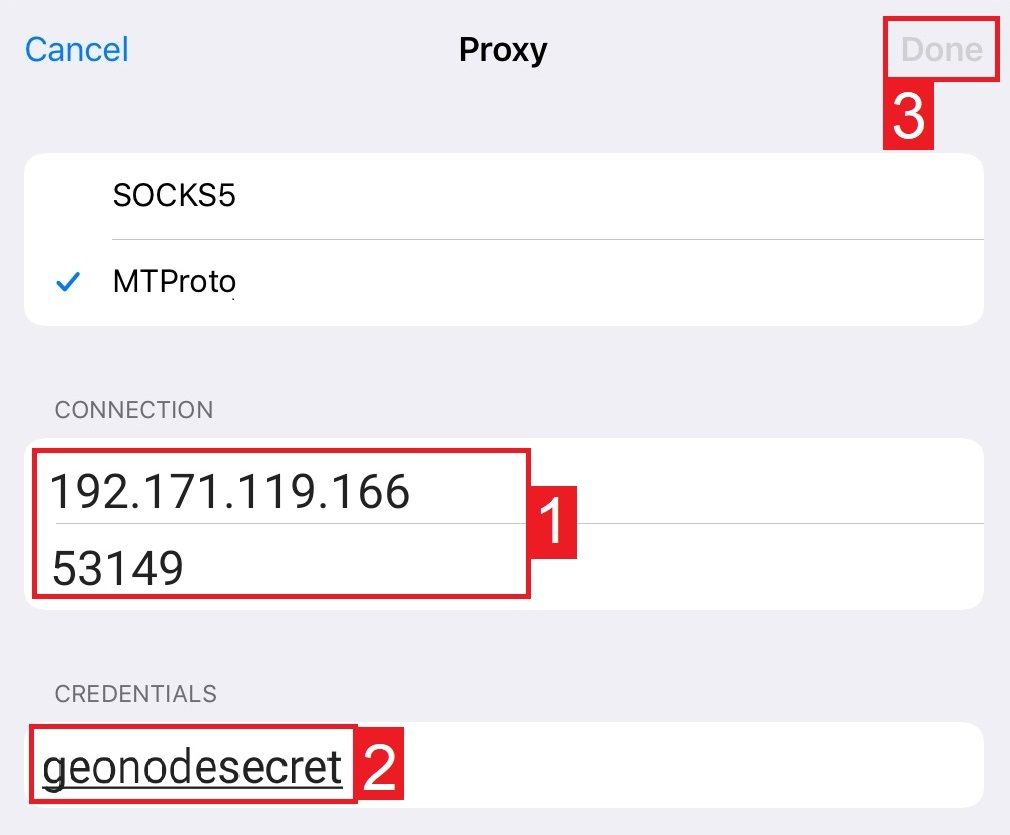
Congratulations! You have now finished your configuration for your Telegram proxy server on your IOS Device. A reminder that your Telegram proxy is online when it says connected at the bottom of it.
How To Disable A Telegram Proxy
- Open Telegram on your device.
- Click on the three horizontal lines in the screen's top left corner.
- Click on "Settings."
- Click on "Advanced."
- Click on "Connection Type."
- Select "Use System Proxy" or "Direct Connection," depending on your preferences.
If you selected "Use System Proxy," you'll need to disable your system proxy settings.
Here's how to do this:
a.) On Windows, go to "Settings" > "Network and Internet" > "Proxy" and turn off the toggle for "Use a proxy server."
b.) On macOS, go to "System Preferences" > "Network" > "Advance*" > "Proxies" and uncheck all the boxes.
c.) On Linux, the process depends on your distribution and desktop environment, but you can typically find proxy settings in your network or proxy configuration files.
- If you selected "Direct Connection," you don't need to make any further changes.
If you liked our guide above, read more similar posts in Geonode’s Blog Sitemap. You can also check out Geonode's list of free Telegram proxy for secure, anonymous messaging.




















